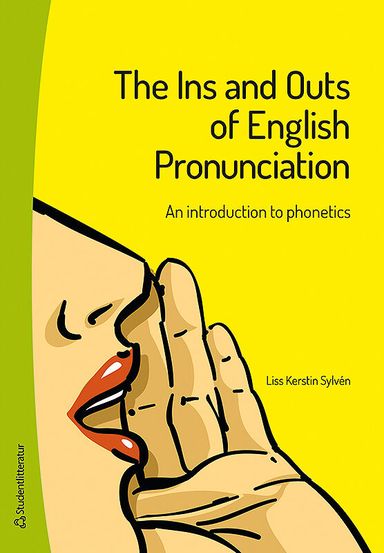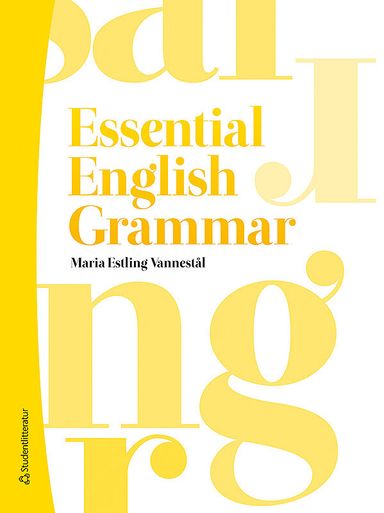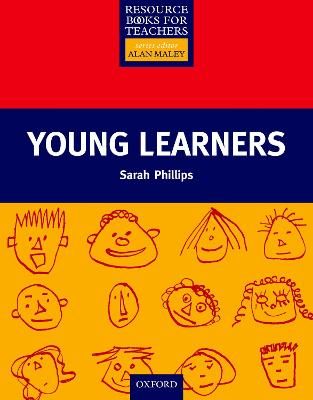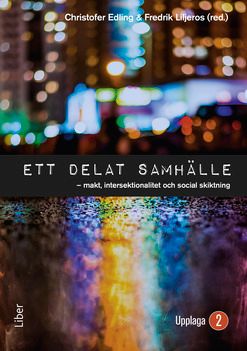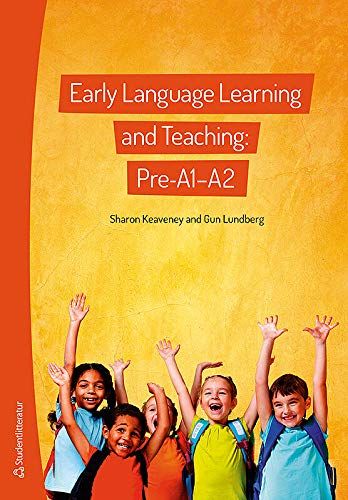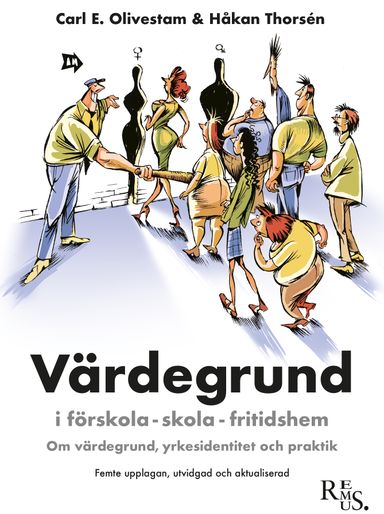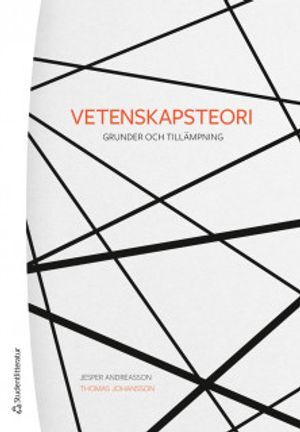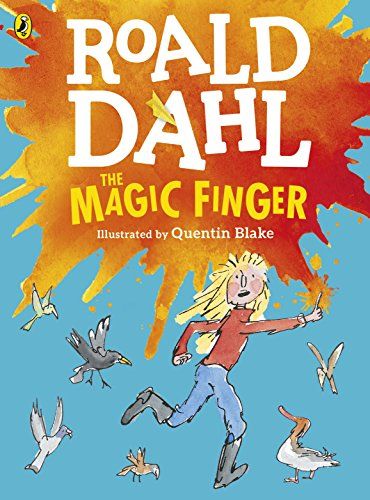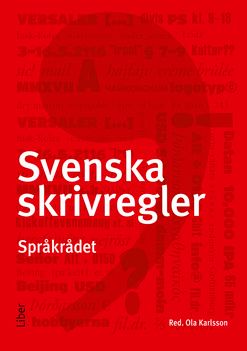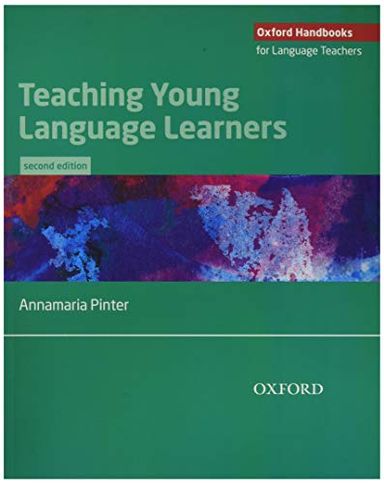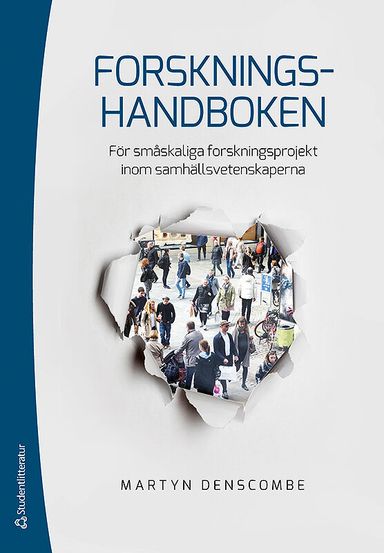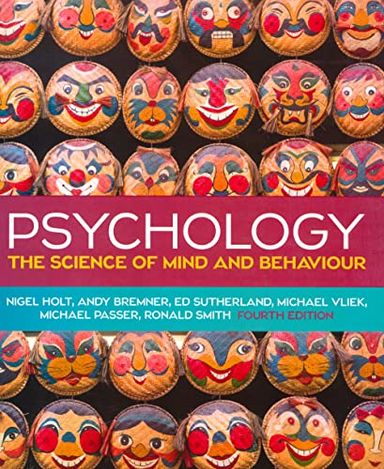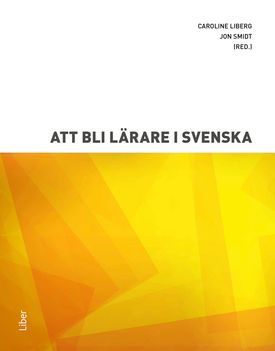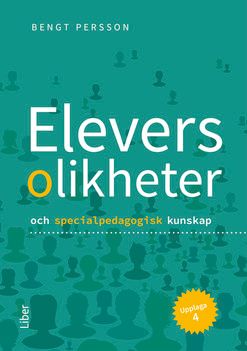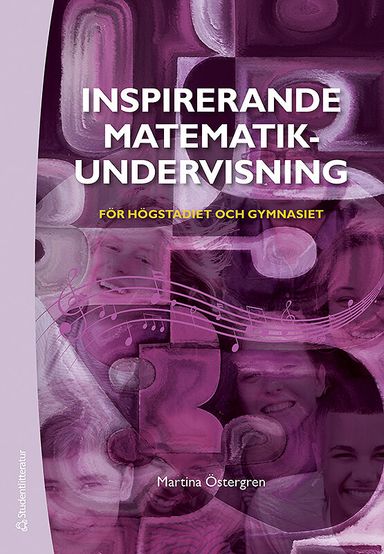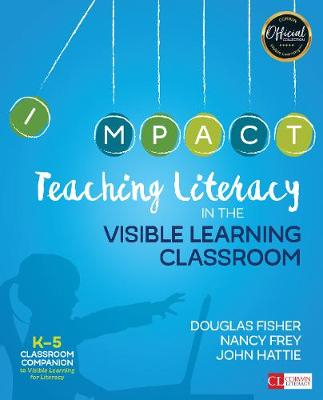

Teaching Literacy in the Visible Learning Classroom, Grades K-5 Upplaga 1
- Upplaga: 1a upplagan
- Utgiven: 2017
- ISBN: 9781506332369
- Sidor: 272 st
- Förlag: Corwin
- Format: Häftad
- Språk: Engelska
Om boken
It could happen at 10:10 a.m. in the midst of interactive writing, at 2:30, when listening to readers, or even after class, when planning a lesson. The question arises: How do I influence students? learning?what?s going to generate that light bulb Aha-moment of understanding?
In this sequel to their megawatt best seller Visible Learning for Literacy, Douglas Fisher, Nancy Frey, and John Hattie help you answer that question by sharing structures and tools for effective literacy instruction that have high-impact on learning?and insights on which stage of learning they have that high impact.
With their expert lessons, video clips, and online resources, you can deliver sustained, comprehensive experiences in phonics, guided reading, interactive writing, content-area discussions?in virtually all you teach:
Mobilizing Visible Learning: Use lesson design strategies based on research that included 500 million plus students to develop self-regulating learners able to ?see? the purpose of what they are learning?and their own progress. Teacher Clarity: Articulate daily learning intentions, success criteria, and other goals; understand what your learners understand, and design high-potency experiences for all students. Direct Instruction: Embrace modeling and scaffolding as a critical pathway for students to learn new skills and concepts. Teacher-Led Dialogic Instruction: Guide reading, writing, and thinking by using questioning and other teacher-led discussion techniques to help learners to clarify thinking, disagree respectfully, and reach consensus. Student-Led Dialogic Learning: Foster cognitive growth with peer-mediated learning ?reciprocal teaching, QAR, fish bowl, and more. Independent Learning: Ensure that students deepen learning by designing relevant tasks that enable them to think metacognitively, set goals, and develop self-regulatory skills. Tools to Use to Determine Literacy Impact: Know what your impact truly is with these research-based formative assessments for K-5 learners. With Teaching Literacy in the Visible Learning Classroom, take your students from surface to deep to transfer learning. It?s all about using the most effective practices?and knowing WHEN those practices are best leveraged to maximize student learning.
Åtkomstkoder och digitalt tilläggsmaterial garanteras inte med begagnade böcker
Mer om Teaching Literacy in the Visible Learning Classroom, Grades K-5 (2017)
I april 2017 släpptes boken Teaching Literacy in the Visible Learning Classroom, Grades K-5 skriven av Douglas Fisher. Det är den 1a upplagan av kursboken. Den är skriven på engelska och består av 272 sidor. Förlaget bakom boken är Corwin.
Köp boken Teaching Literacy in the Visible Learning Classroom, Grades K-5 på Studentapan och spara uppåt 24% jämfört med lägsta nypris hos bokhandeln.
Referera till Teaching Literacy in the Visible Learning Classroom, Grades K-5 (Upplaga 1)
Harvard
Fisher, D. (2017). Teaching Literacy in the Visible Learning Classroom, Grades K-5. 1:a uppl. Corwin.
Oxford
Fisher, Douglas, Teaching Literacy in the Visible Learning Classroom, Grades K-5, 1 uppl. (Corwin, 2017).
APA
Fisher, D. (2017). Teaching Literacy in the Visible Learning Classroom, Grades K-5 (1:a uppl.). Corwin.
Vancouver
Fisher D. Teaching Literacy in the Visible Learning Classroom, Grades K-5. 1:a uppl. Corwin; 2017.
